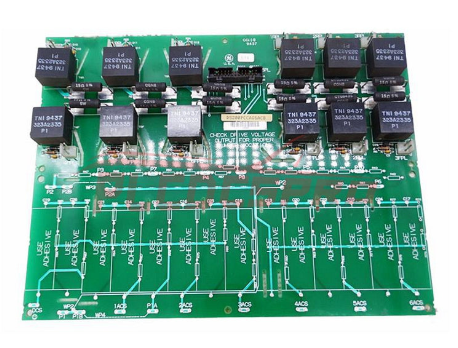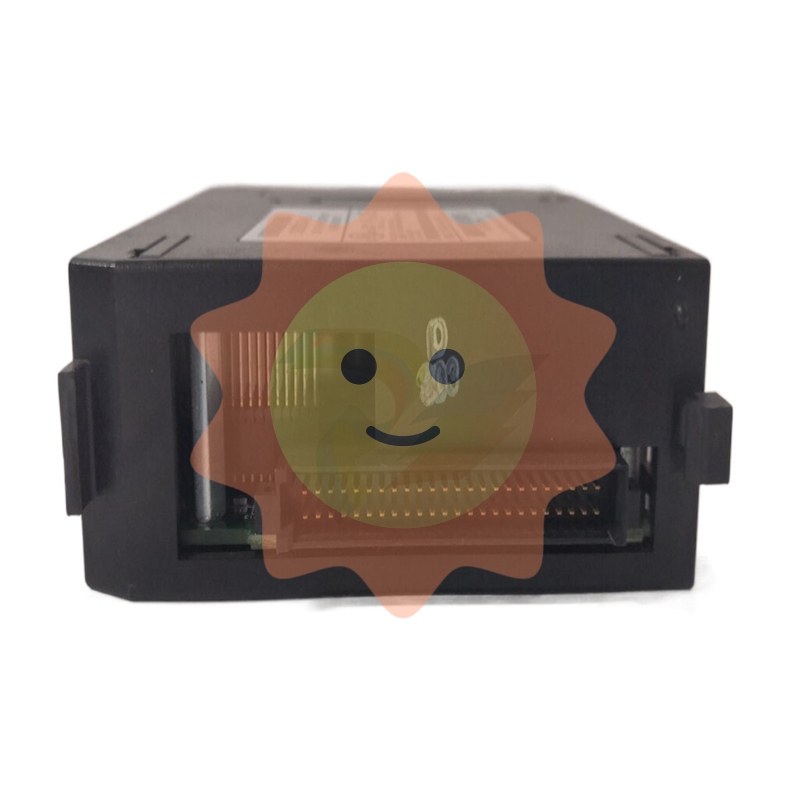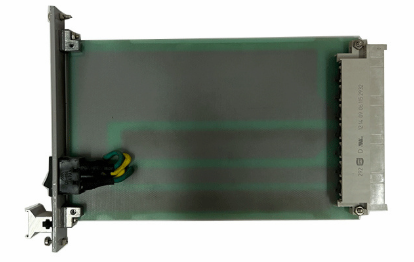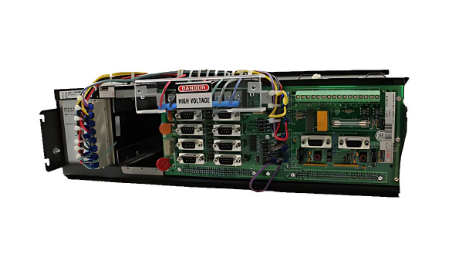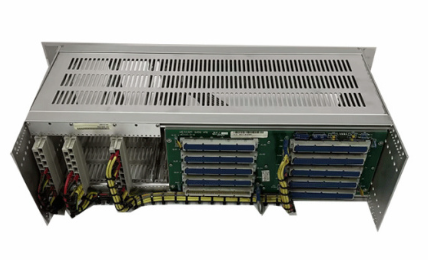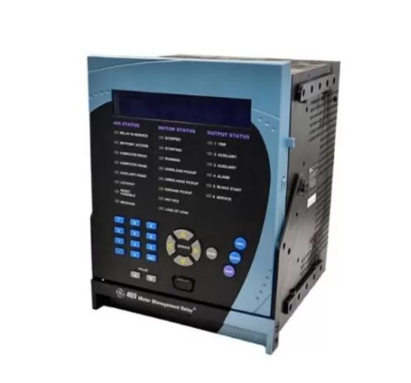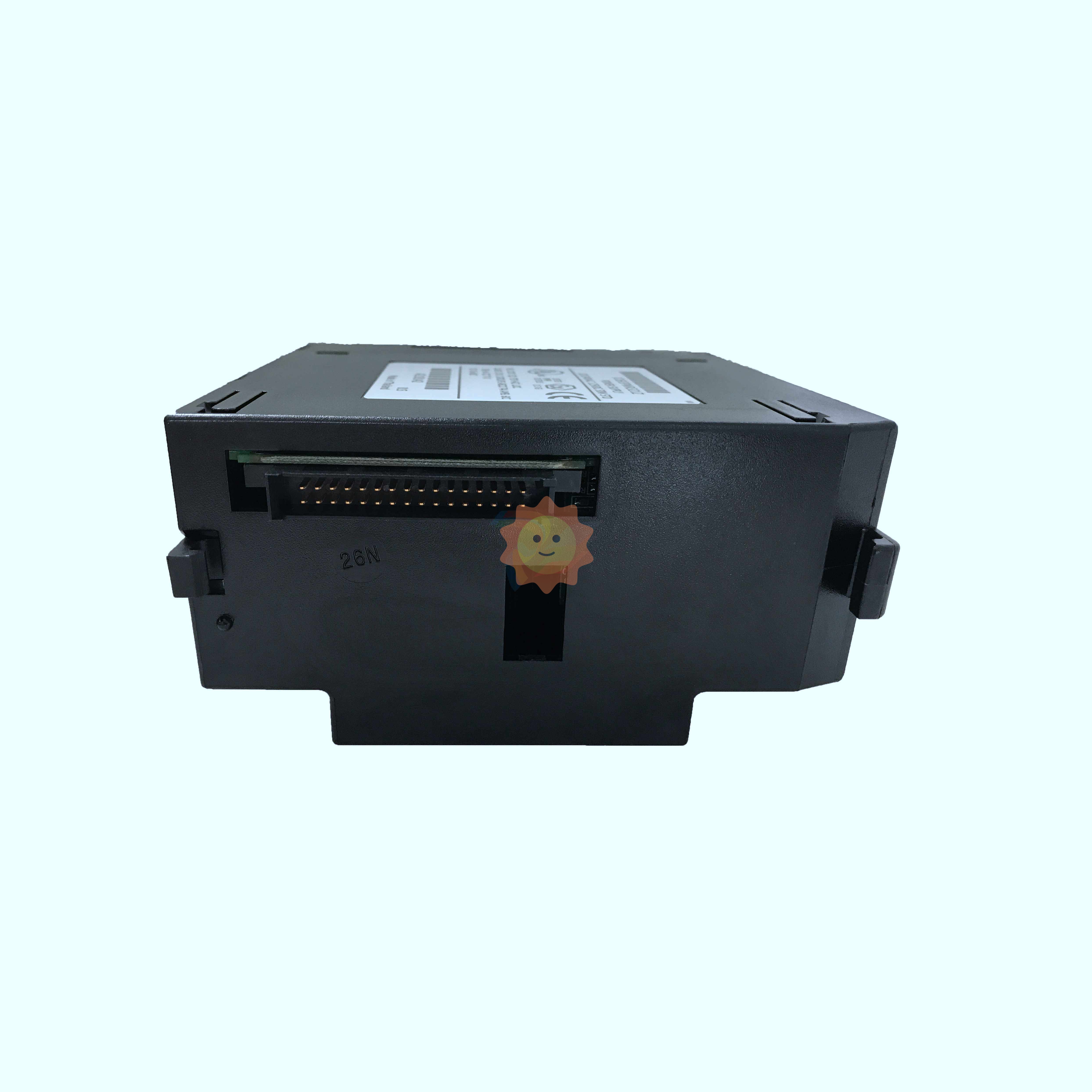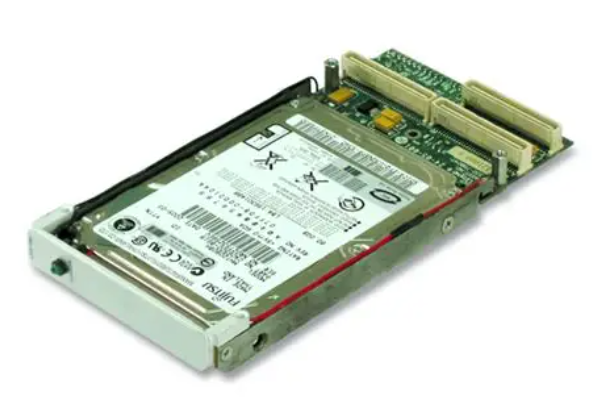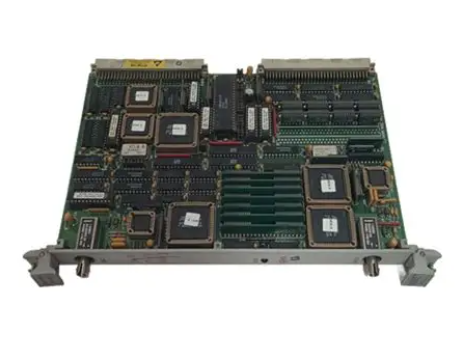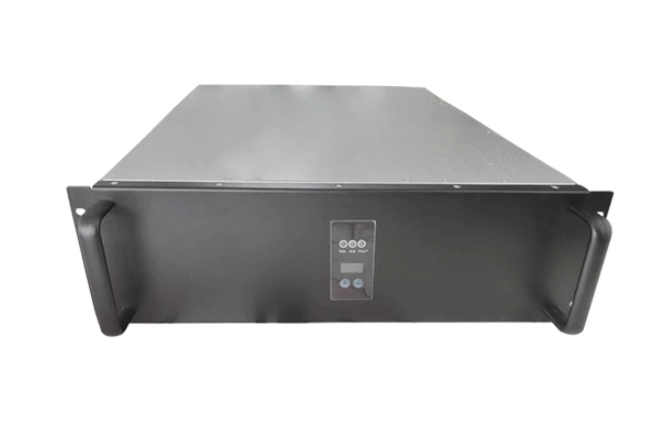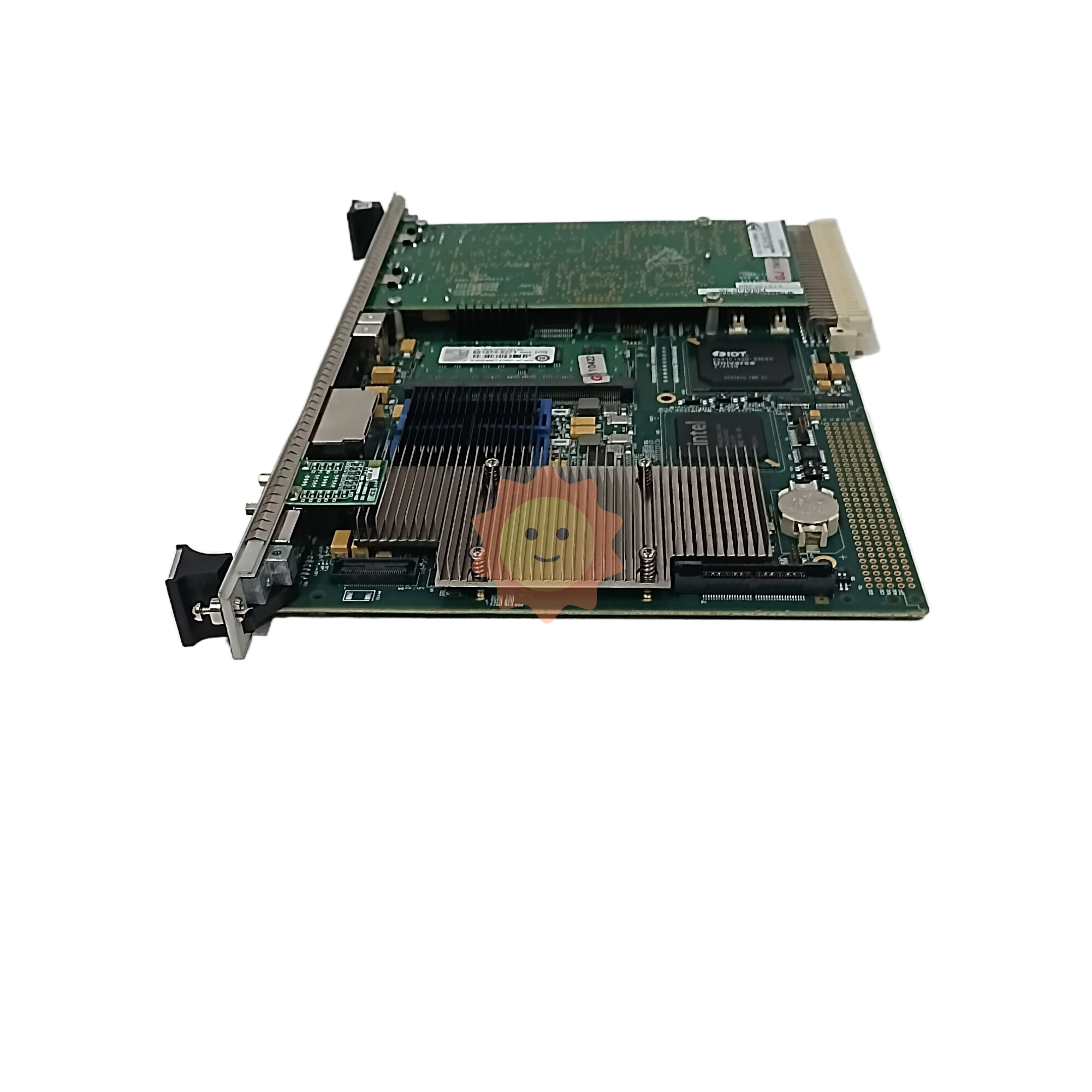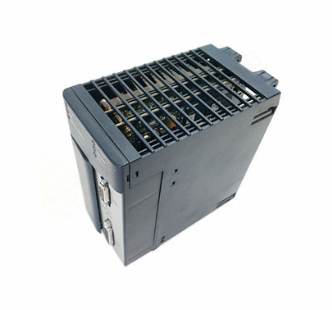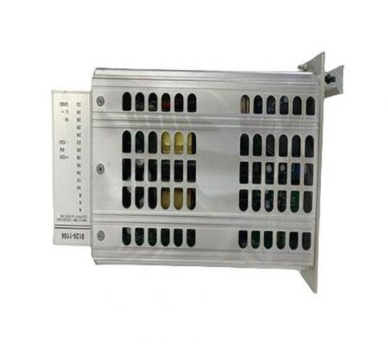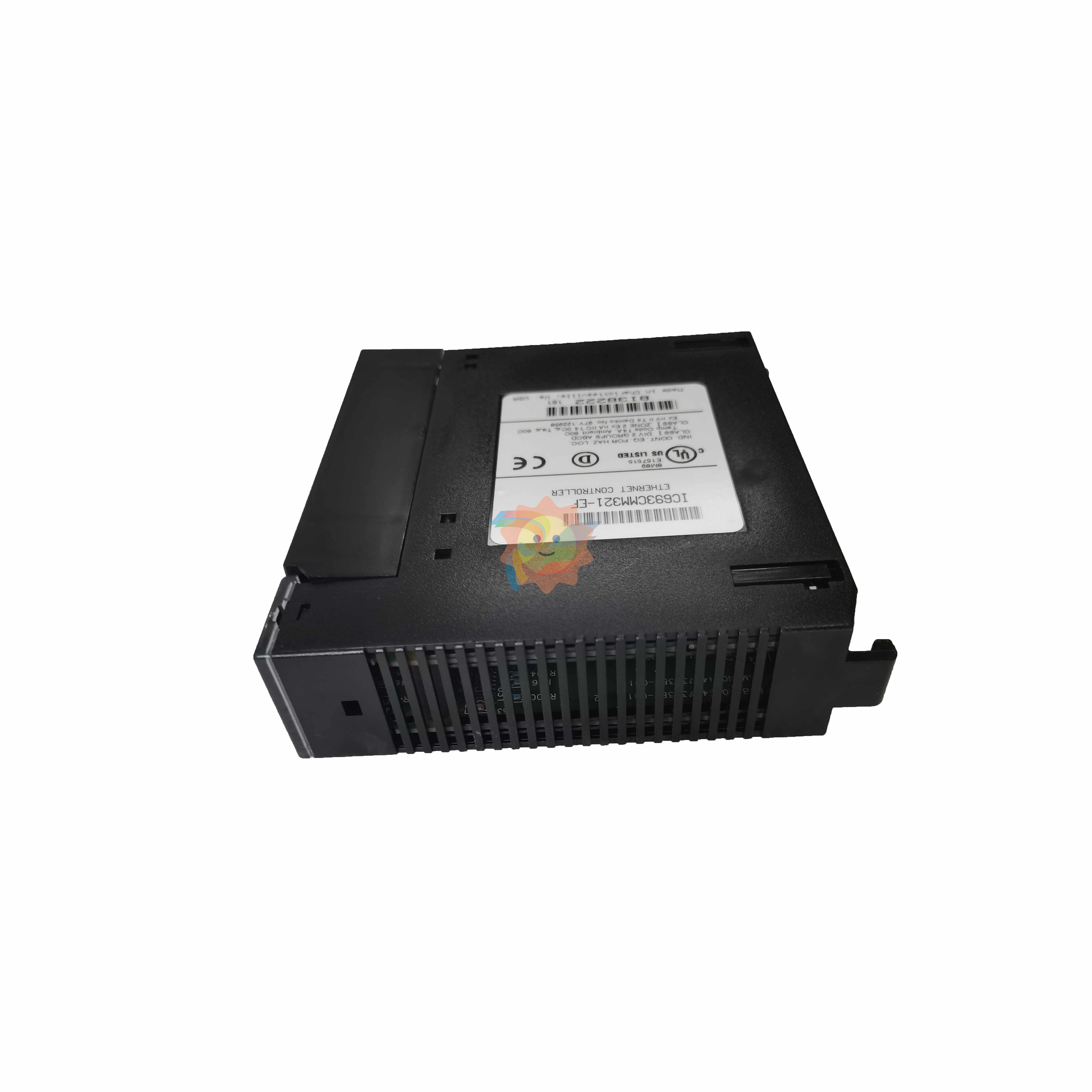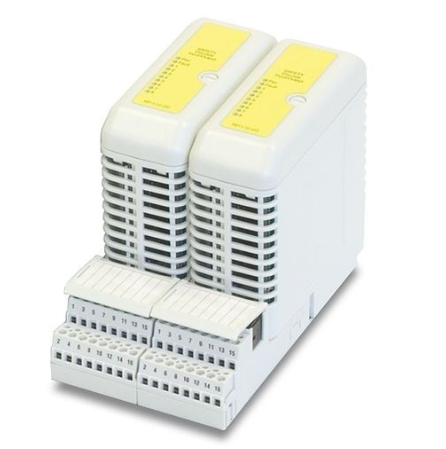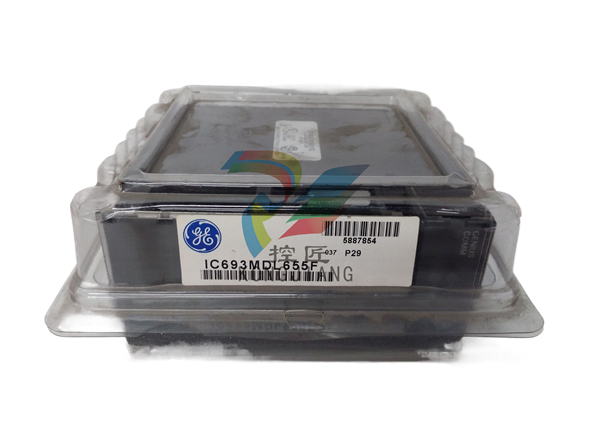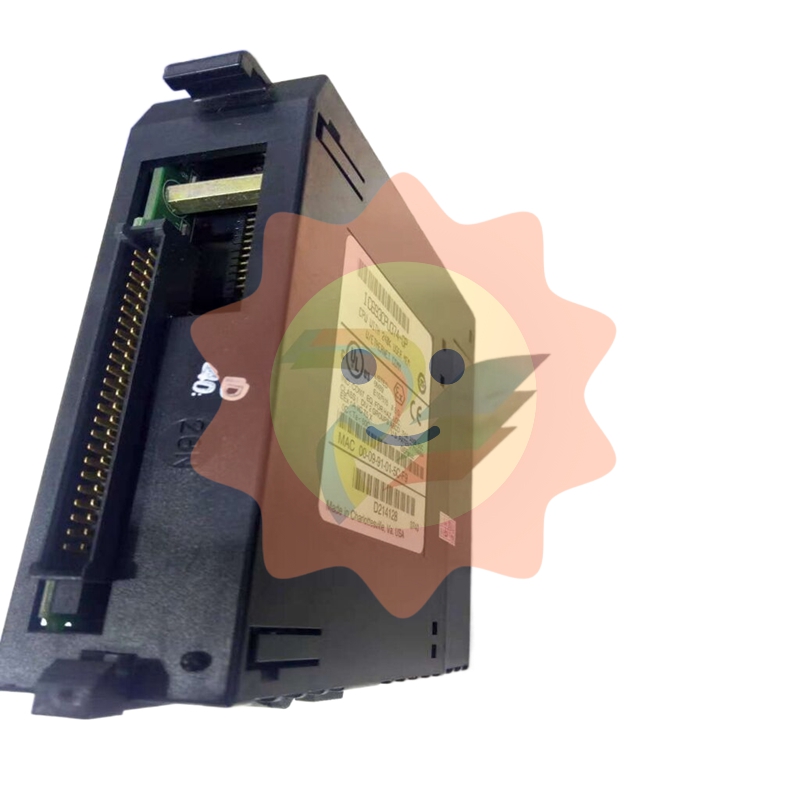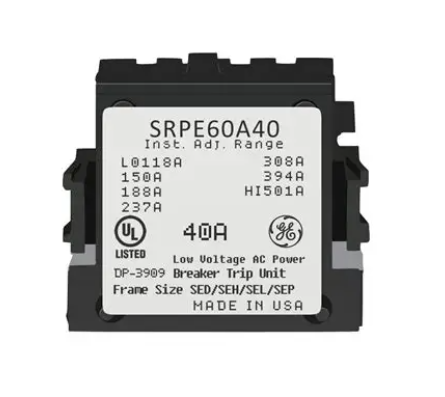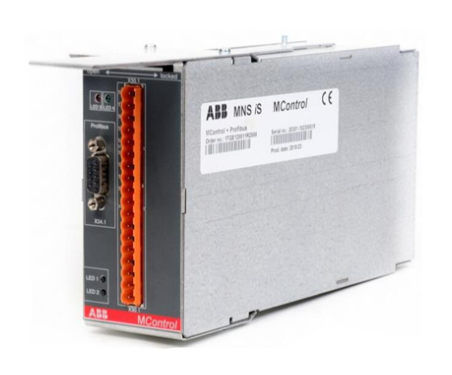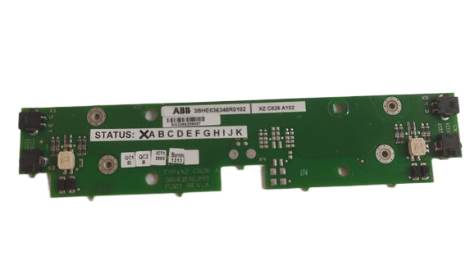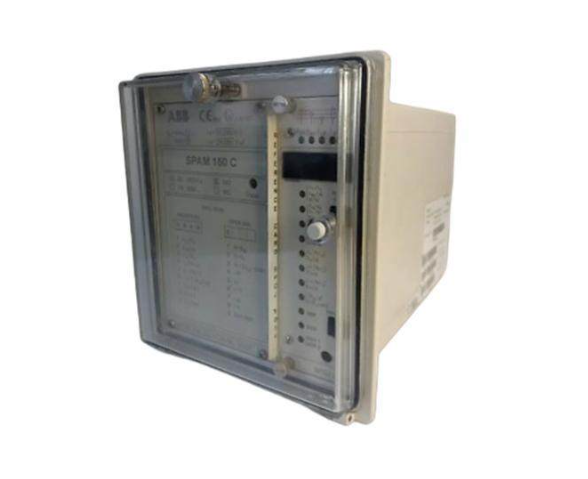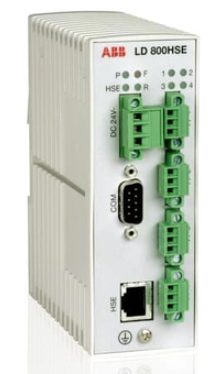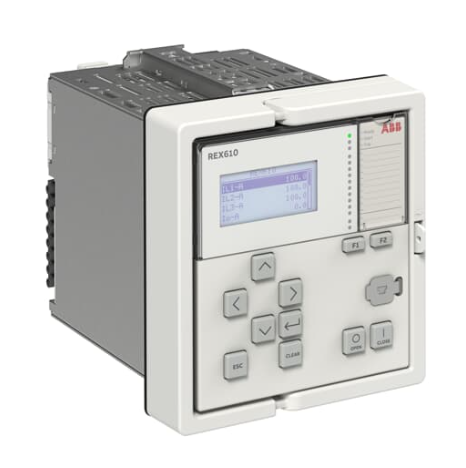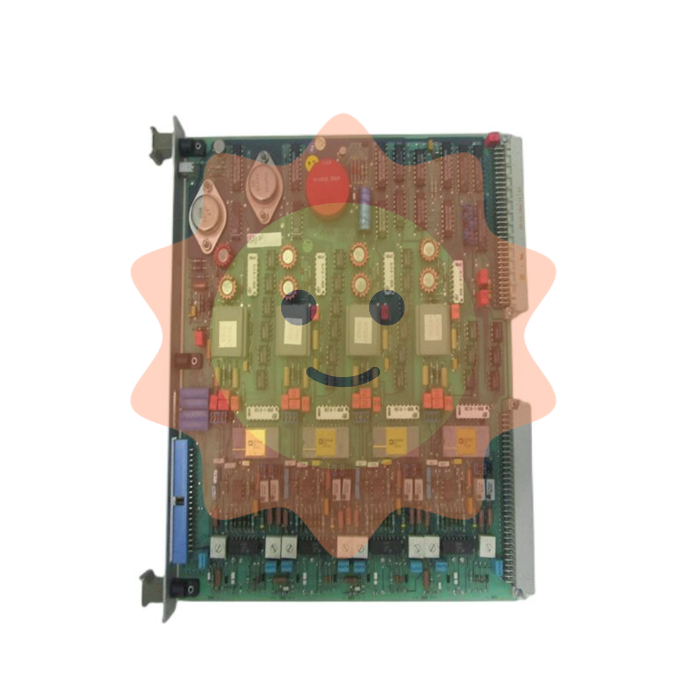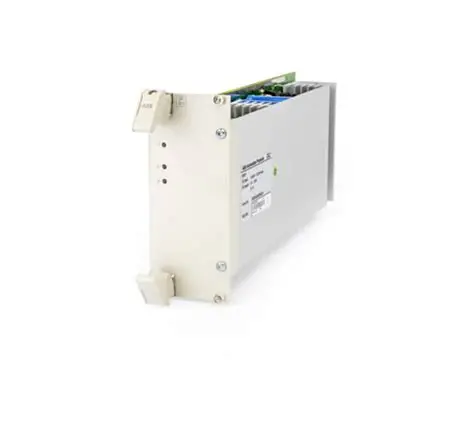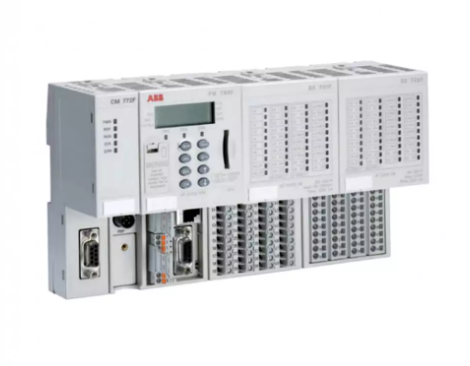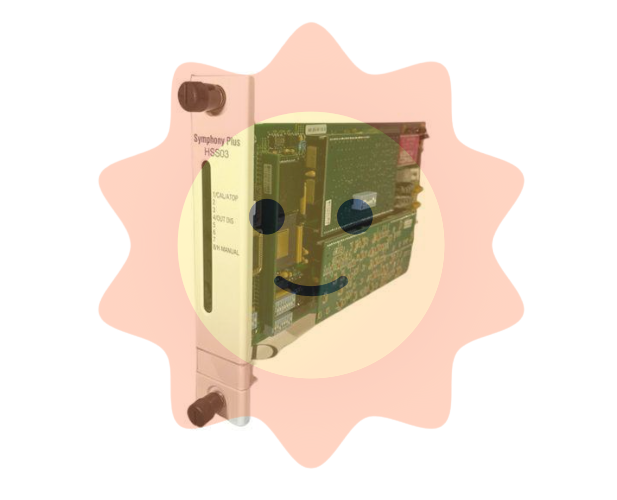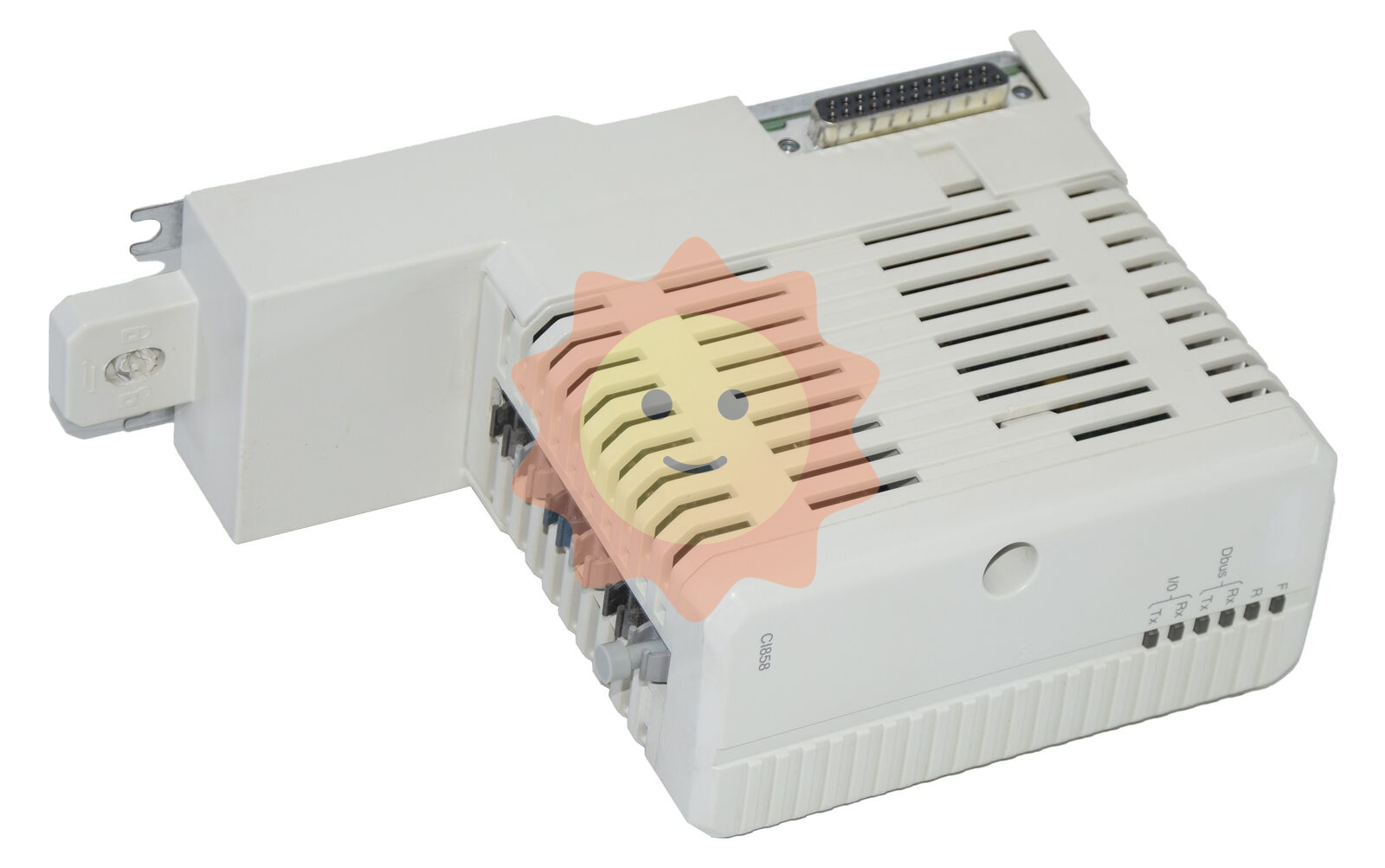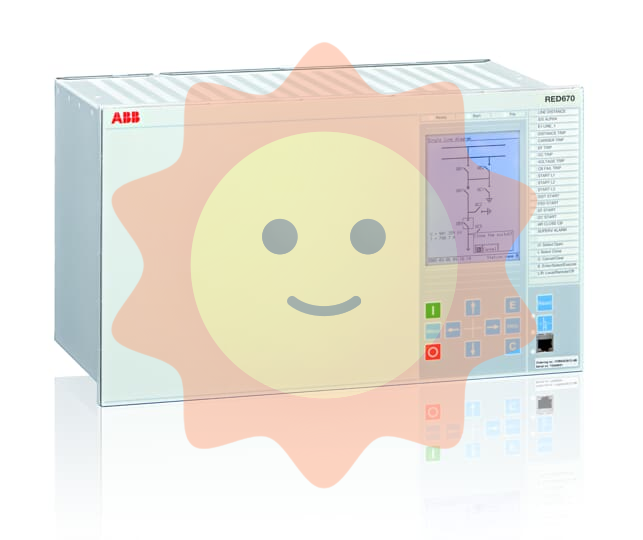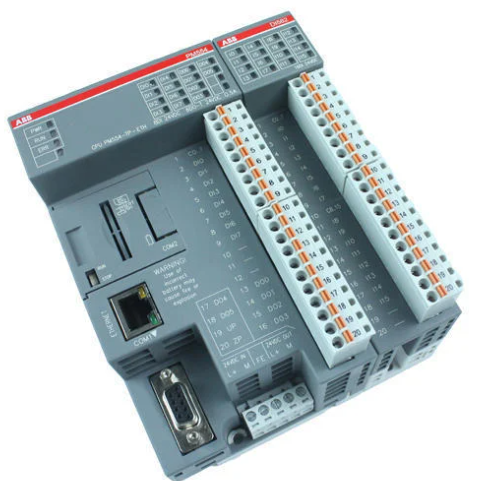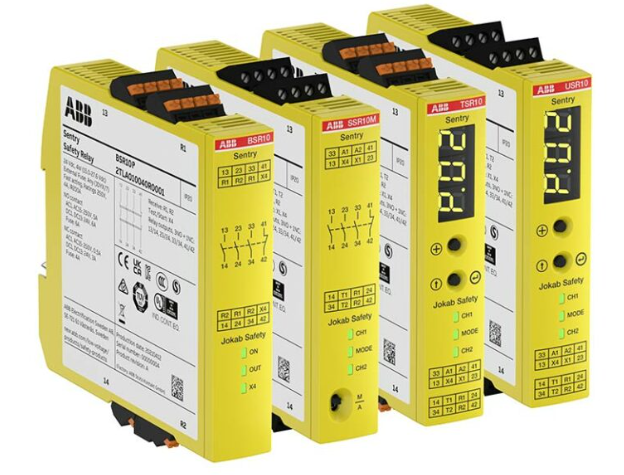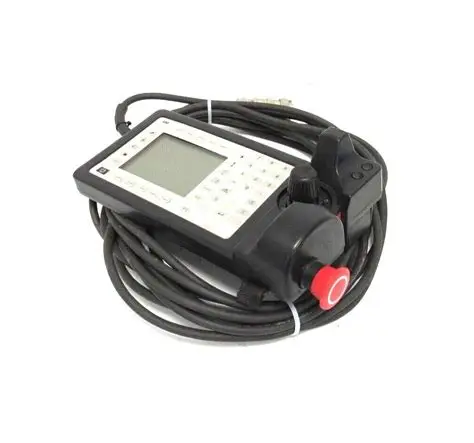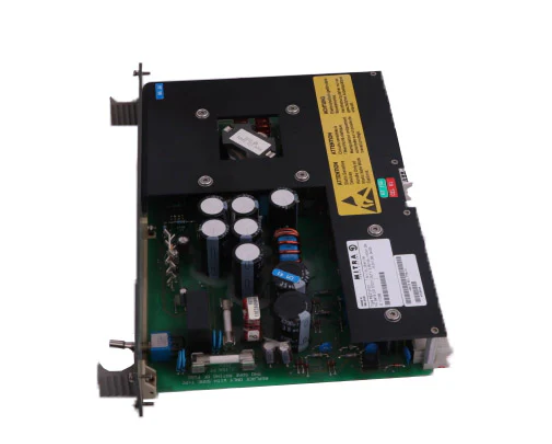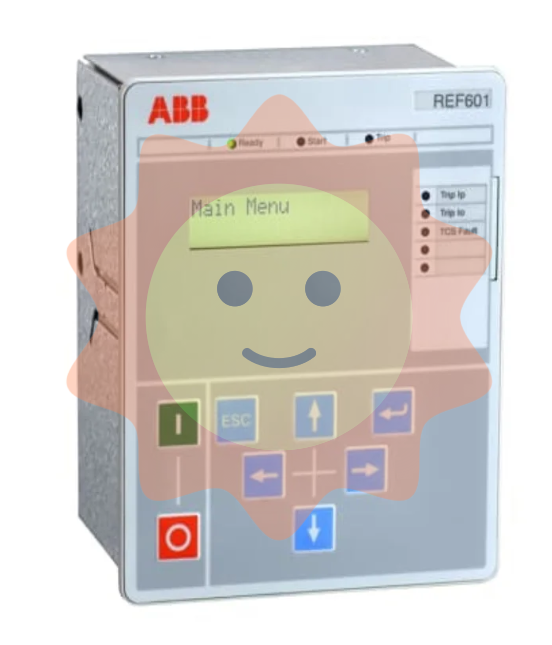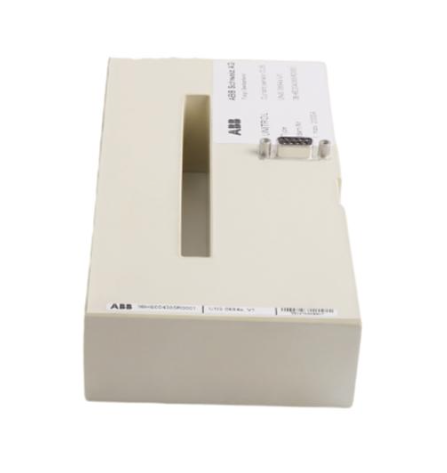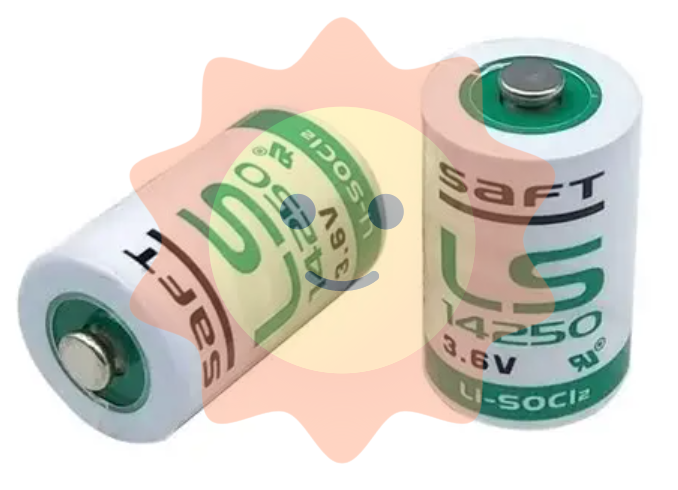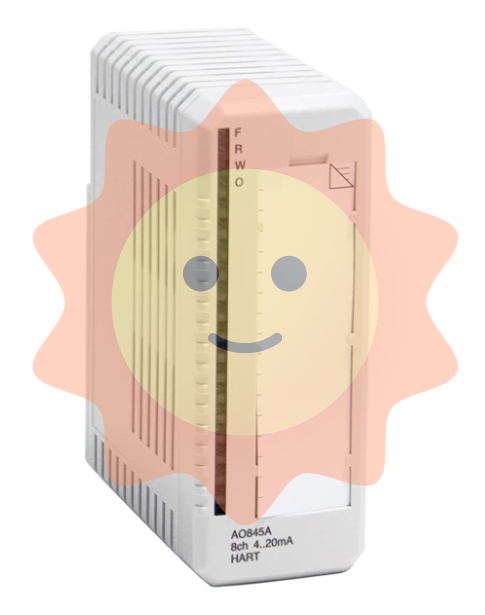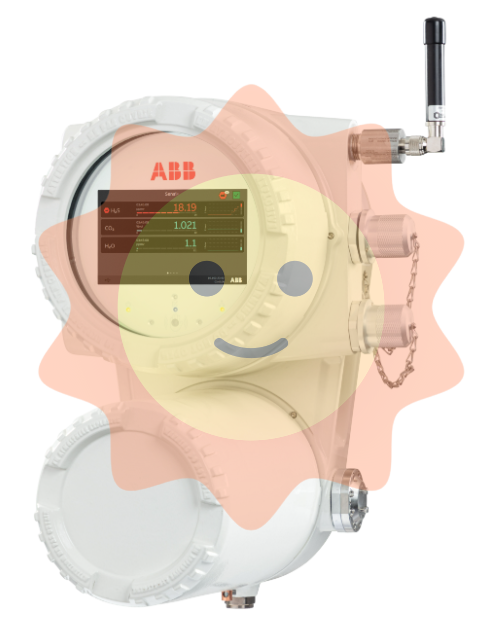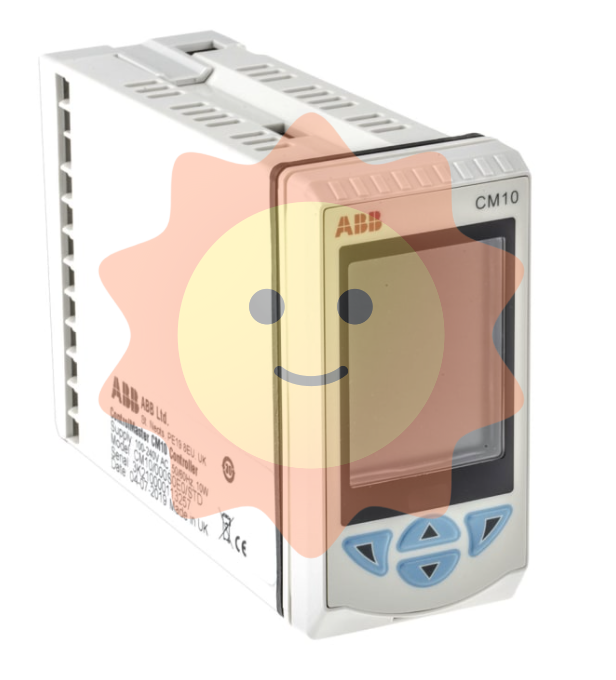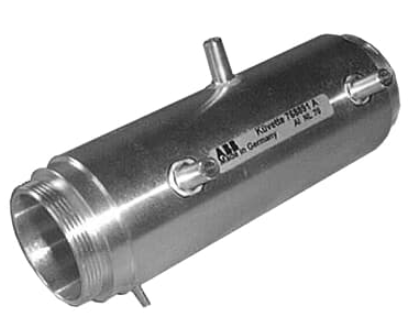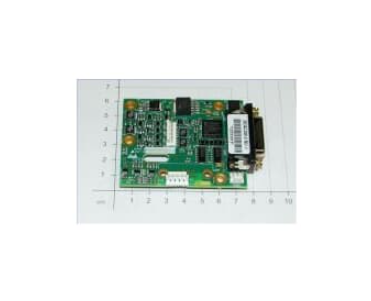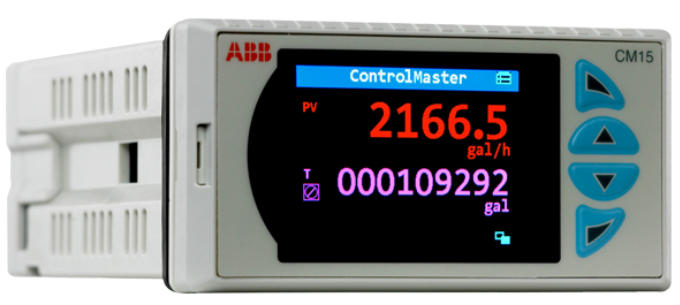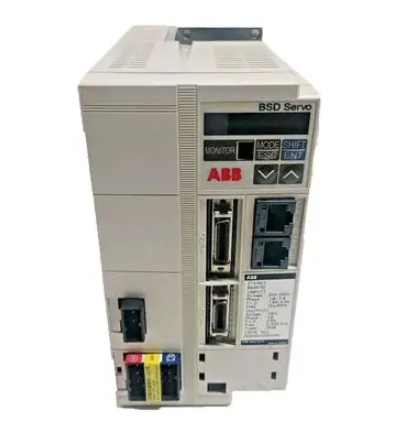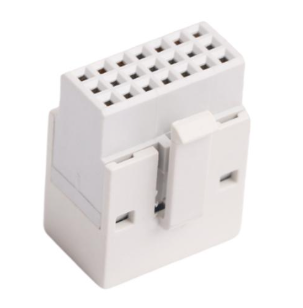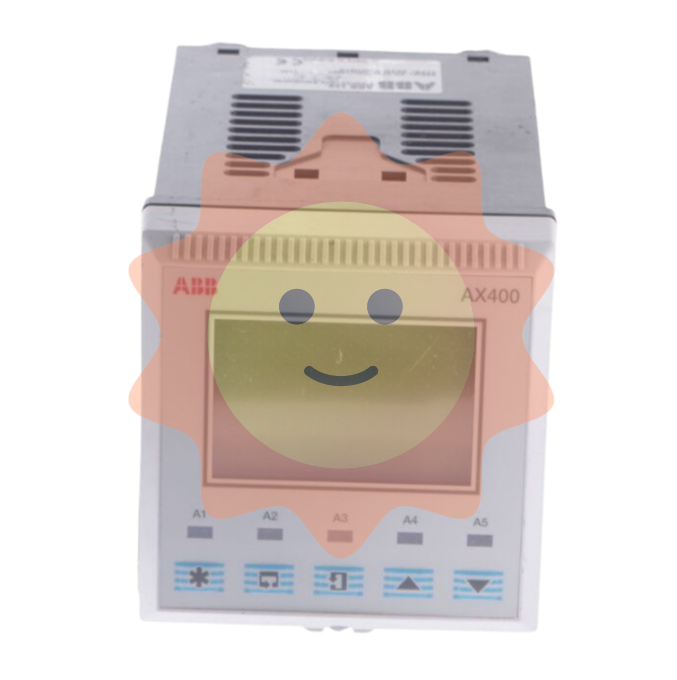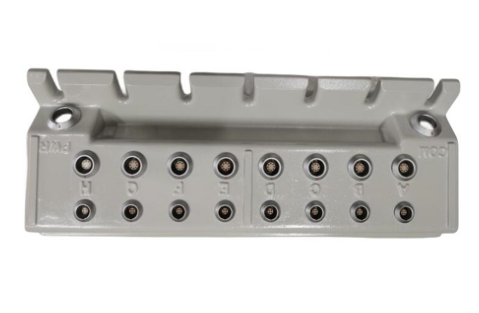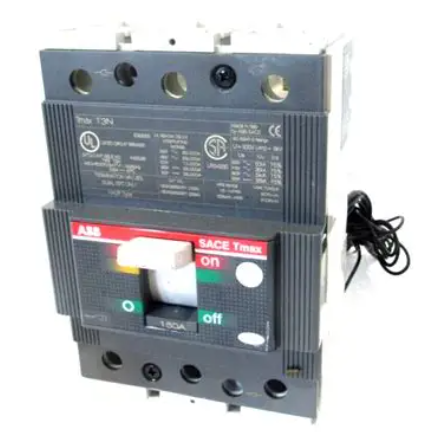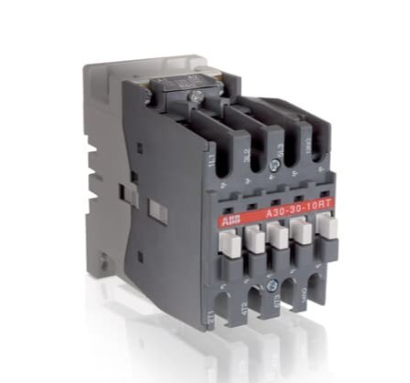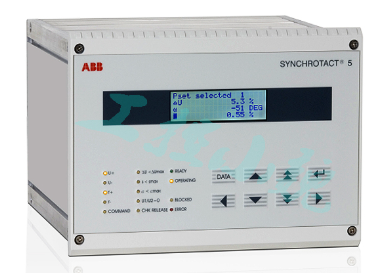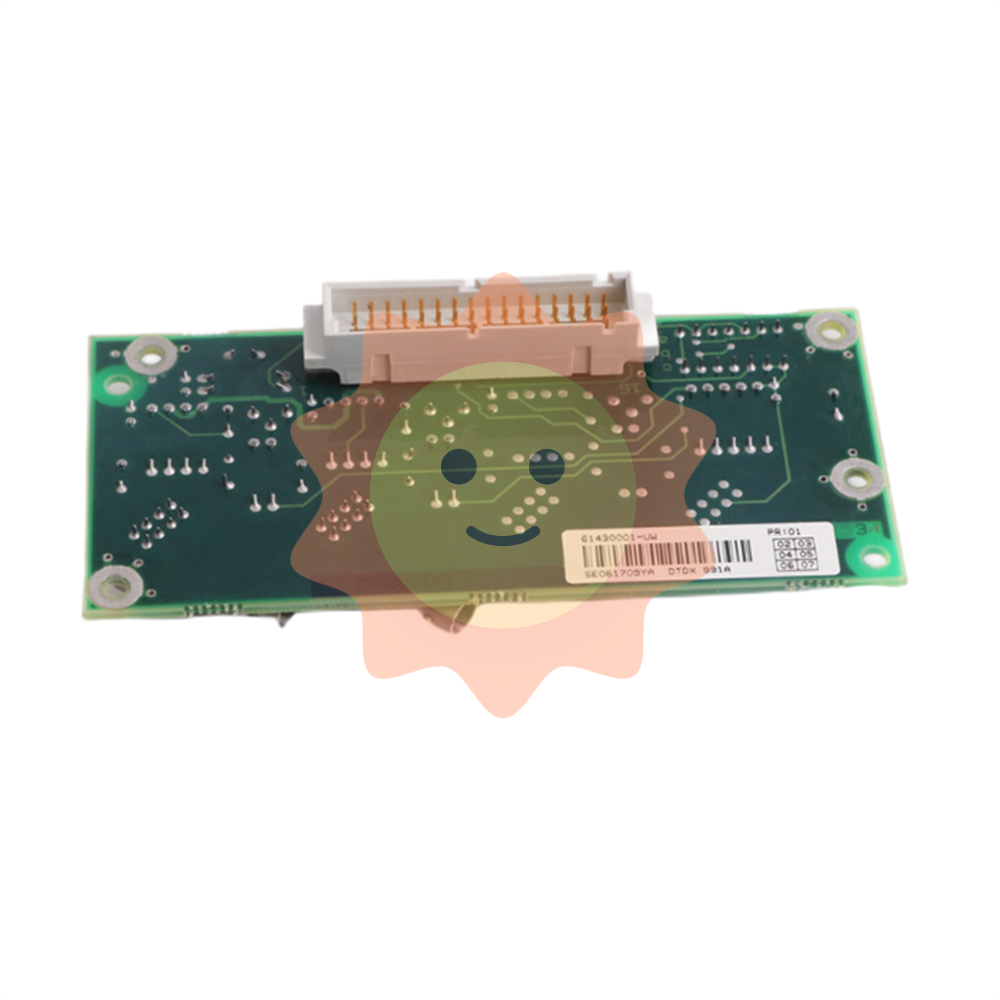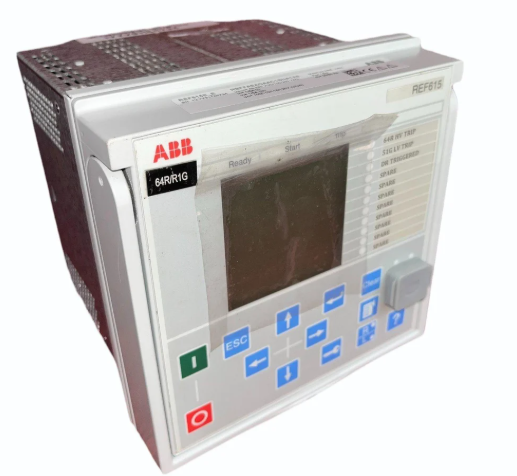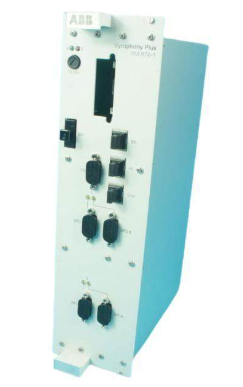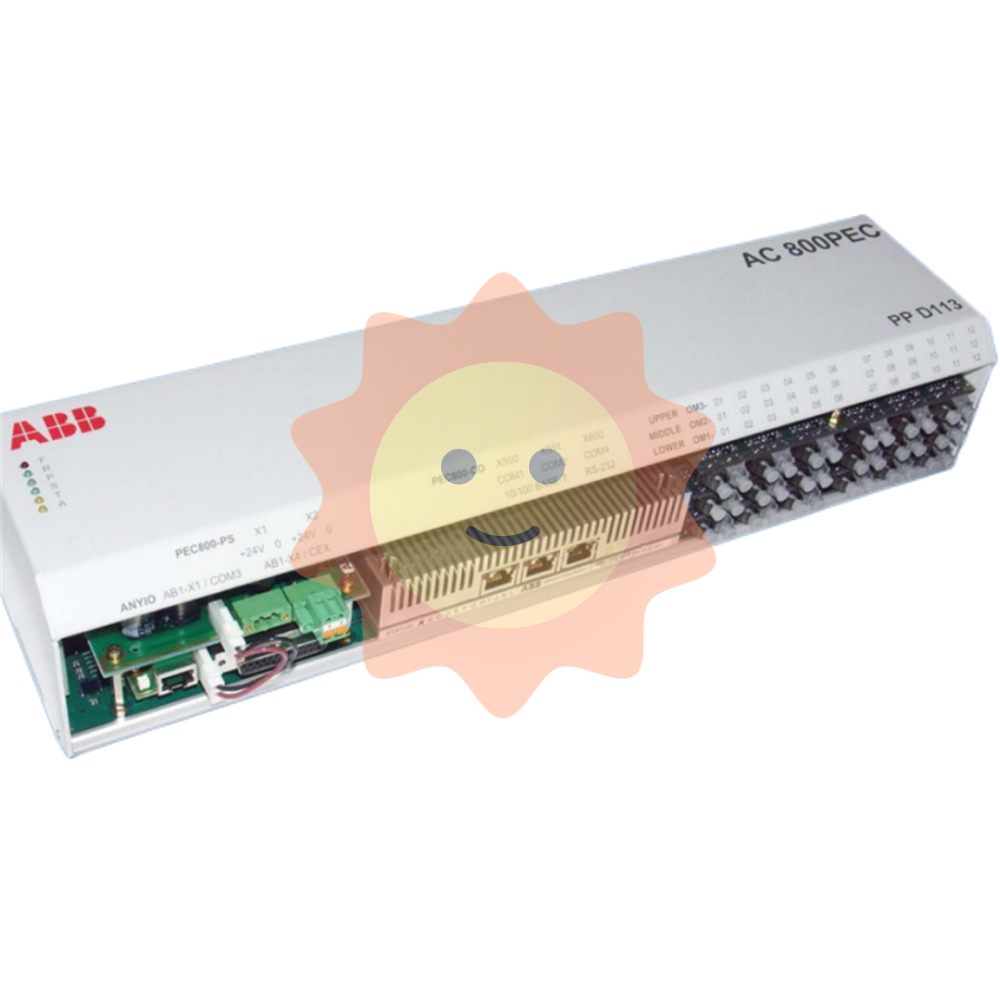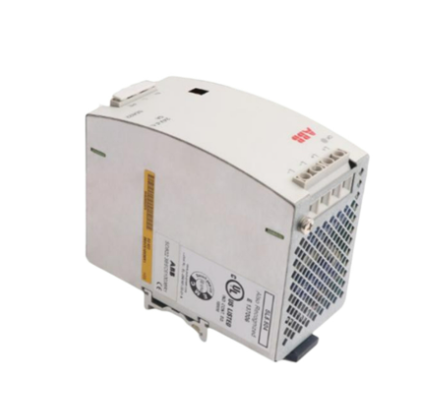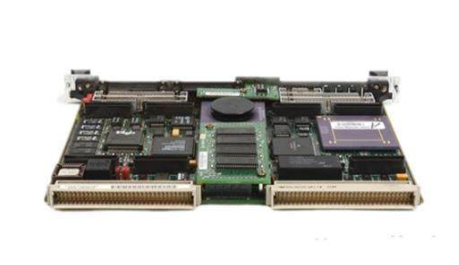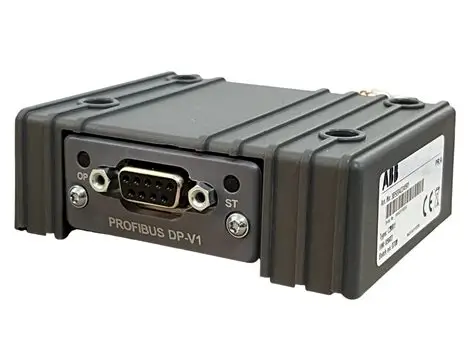Solar photovoltaic system
System setting
In order to understand the design of solar photovoltaic system, we must first figure out the principle of solar photovoltaic power generation, its principle is relatively simple - based on the photovoltaic effect of semiconductors, the use of solar cells to directly convert solar energy into direct current energy.
First of all, I will introduce the characteristics of photovoltaic power generation, mainly in the following aspects:
1, mainly composed of electronic components, does not involve mechanical rotating parts, running without noise;
2, no combustion process, power generation process does not need fuel;
3, no waste gas pollution in the power generation process, no waste water discharge;
4, equipment installation and maintenance are very simple, simple maintenance, low maintenance costs, reliable and stable operation, long service life of 25 years;
5, strong adaptability to environmental conditions, can work normally in different environments;
6, able to work normally and stably under long-term unattended conditions;
7, it is easy to expand and expand the scale of power generation according to needs.
Secondly, the photovoltaic power generation system can be divided into the following modes according to the application and type:
1, provide power for no power occasions;
2, small solar electronic products;
3, large-scale photovoltaic power generation system;
4, combined with the building photovoltaic power generation system (BIPV, BAPV).
Photovoltaic system design information collection, mainly including meteorological data collection, location information, related building information collection three aspects.
Meteorological data collection also includes solar radiation, temperature, humidity, wind speed and other aspects.
Solar radiation is divided into solar short-wave radiation (direct radiation SL, scattered radiation Ed, total radiation Eg, short-wave reflected radiation Er), Earth long-wave radiation (atmospheric long-wave radiation EL↓, ground long-wave radiation EL↑).
The conversion formula between them is as follows: Eg↓=SL+Ed↓; SL=S*sinHA=S*cosZ; E*=Eg↓+EL↓‐Er↑‐EL↑.
The temperature has three values: daily average temperature, daily maximum temperature and daily minimum temperature. The temperature has a great impact on the open circuit voltage, output current, output power, and other electrical properties of the photovoltaic module, which is a very important factor in the subsequent design, and also has a great impact on the use environment of the relevant electrical equipment.

Humidity is only a parameter of the daily average relative humidity, but it also has a certain impact, and humidity has an impact on the service life of the photovoltaic bracket and the use of related electrical equipment such as inverters in the photovoltaic system.
Wind speed is divided into three values: daily average wind speed, daily maximum wind speed, and daily maximum wind speed, which have certain destructive effects on photovoltaic equipment, and the greater the wind speed, the stronger the destructive force. This also puts forward higher requirements for the wind safety of the support of the installed photovoltaic modules, as well as the building safety of the installed photovoltaic curtain walls, roofs and other structural parts.
Setting principle
Factors to consider in the design of solar photovoltaic systems:
1, where is the solar photovoltaic system used? What is the solar radiation situation in the area?
2. What is the load power of the system?
3. What is the output voltage of the system, DC or AC?
4. How many hours does the system need to work per day?
5. In case of rainy weather without sunlight, how many days does the system need continuous power supply?
6, the load situation, pure resistive, capacitive or inductive, how much starting current?
7, the number of system requirements.
System characteristics
advantage
1, solar energy is inexhaustible, and the solar radiation received by the earth's surface can meet the global energy demand 10,000 times. As long as four percent of the world's deserts are installed with solar photovoltaic systems, the electricity generated can meet the needs of the world. Solar power is safe and reliable, and will not suffer from energy crises or fuel market instability;
2, solar energy can be anywhere, can be nearby power supply, do not have to long-distance transmission, to avoid the loss of long-distance transmission lines;
3, solar energy does not use fuel, the operating cost is very low;
4, solar power has no moving parts, not easy to use damage, simple maintenance, especially suitable for unattended use;
5, solar power generation will not produce any waste, no pollution, noise and other public hazards, no adverse impact on the environment, is the ideal clean energy;
6, the solar power generation system construction period is short, convenient and flexible, and can be added or reduced arbitrarily according to the load increase or decrease, to avoid waste.
shortcoming
1, the ground application is intermittent and random, the power generation is related to climate conditions, in the evening or rainy days can not or little power generation;
- EMERSON
- Honeywell
- CTI
- Rolls-Royce
- General Electric
- Woodward
- Yaskawa
- xYCOM
- Motorola
- Siemens
- Rockwell
- ABB
- B&R
- HIMA
- Construction site
- electricity
- Automobile market
- PLC
- DCS
- Motor drivers
- VSD
- Implications
- cement
- CO2
- CEM
- methane
- Artificial intelligence
- Titanic
- Solar energy
- Hydrogen fuel cell
- Hydrogen and fuel cells
- Hydrogen and oxygen fuel cells
- tyre
- Chemical fiber
- dynamo
- corpuscle
- Pulp and paper
- printing
- fossil
- FANUC
- Food and beverage
- Life science
- Sewage treatment
- Personal care
- electricity
- boats
- infrastructure
- Automobile industry
- metallurgy
- Nuclear power generation
- Geothermal power generation
- Water and wastewater
- Infrastructure construction
- Mine hazard
- steel
- papermaking
- Natural gas industry
- Infrastructure construction
- Power and energy
- Rubber and plastic
- Renewable energy
- pharmacy
- mining
- Plastic industry
- Schneider
- Kongsberg
- NI
- Wind energy
- International petroleum
- International new energy network
- gas
- WATLOW
- ProSoft
- SEW
- wind
- ADVANCED
- Reliance
- YOKOGAWA
- TRICONEX
- FOXBORO
- METSO
- MAN
- Advantest
- ADVANCED
- ALSTOM
- Control Wave
- AB
- AMAT
- STUDER
- KONGSBERG
- MOTOROLA
- DANAHER MOTION
- Bently
- Galil
- EATON
- MOLEX
- Triconex
- DEIF
- B&W
- ZYGO
- Aerotech
- DANFOSS
- KOLLMORGEN
- Beijer
- Endress+Hauser
- MOOG
- KB
- Moxa
- Rexroth
- YAMAHA
- Johnson
- Westinghouse
- WAGO
- TOSHIBA
- TEKTRONIX


Email:wang@kongjiangauto.com



